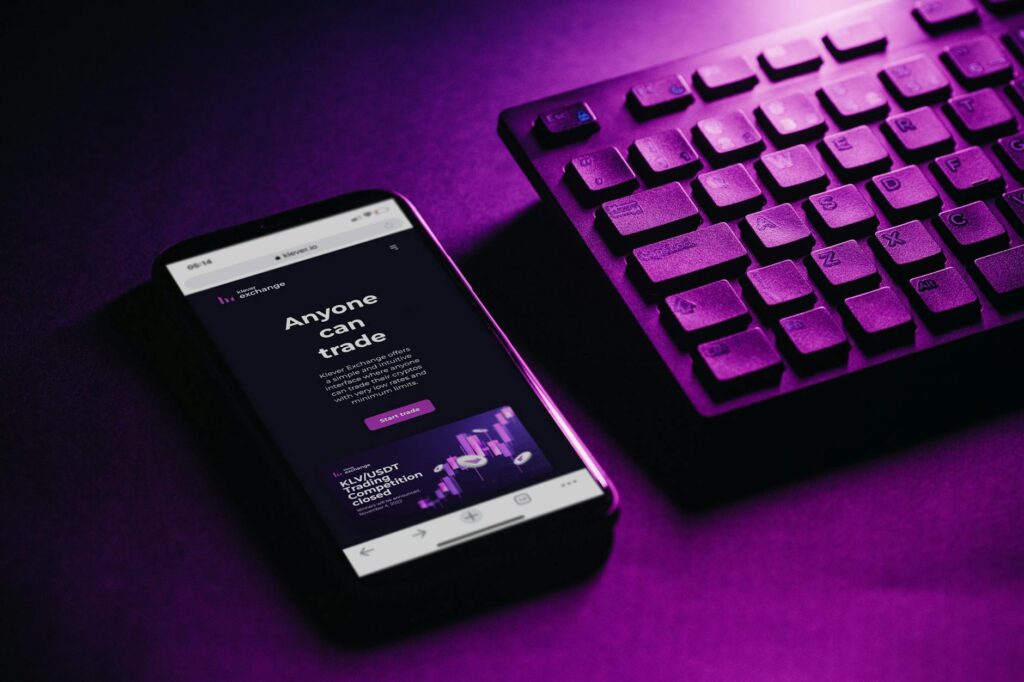What is user-friendly productivity tool?

What is user-friendly productivity tool?
User-friendly productivity tools have become essential in our fast-paced world. Whether you’re a student juggling assignments or a professional managing multiple projects, these tools can help you stay organized and efficient. By enhancing work efficiency and personal organization, they allow you to focus on what truly matters. Let’s explore what makes these tools invaluable and how you can integrate them into your daily life.
Defining User-Friendly Productivity Tools
A user-friendly productivity tool is designed to help individuals manage their time, tasks, and projects effectively. These tools streamline workflows, minimize distractions, and promote productivity without overwhelming users with complex features. Examples include task managers, note-taking apps, and time-tracking software.
Characteristics of User-Friendly Productivity Tools
What makes a productivity tool user-friendly? Here are some key attributes to consider:
-
Simplicity: The best tools are intuitive and easy to navigate. A clean interface reduces the learning curve, allowing you to begin using the tool right away.
-
Accessibility: Great productivity tools can be accessed on various devices—be it a smartphone, tablet, or desktop. This flexibility means you can stay productive wherever you are.
-
Support and Community: A helpful support system or community can greatly enhance the user experience. Whether through tutorials, forums, or customer service, accessible support is a hallmark of user-friendly tools.
-
Customization: User-friendly tools often allow for customization to fit individual needs, making it easier to adapt the tool to your workflow.
-
Integration: The ability to integrate with other apps and platforms you already use is crucial. This enhances functionality and ensures a smoother workflow.
Benefits of Using User-Friendly Productivity Tools
The advantages of incorporating user-friendly productivity tools into your routine are plentiful.
Enhanced Time Management
Time is one of our most precious resources. By utilizing productivity tools, you can streamline your schedule and prioritize tasks effectively. For instance, tools like Todoist allow you to categorize tasks, set deadlines, and even assign priorities. With a clear overview of your responsibilities, you can tackle urgent tasks first, ensuring you meet deadlines without the last-minute panic.
Improved Collaboration
In today’s collaborative work environment, effective communication is vital. User-friendly productivity tools facilitate better team interactions and project management. Platforms like Asana enable teams to track project progress, share updates, and assign tasks. This organized approach fosters better collaboration, ensuring everyone is on the same page.
Popular User-Friendly Productivity Tools
Let’s take a closer look at some effective productivity tools that have gained popularity due to their user-friendly nature.
Task Management Applications
Task management apps are essential for organizing your to-dos. Notable examples include:
-
Todoist: This app provides a straightforward interface for managing tasks and projects, making it easy to stay on track.
-
Trello: Using boards and cards, Trello offers a visual way to manage tasks, making it perfect for those who prefer a more graphical approach.
-
Asana: Known for its versatility, Asana allows you to create different project views, enabling you to choose the best way to visualize your tasks.
Time Tracking Software
Time tracking tools help you understand how you spend your time, allowing for better management. Popular options include:
-
Toggl: This tool simplifies time tracking with a user-friendly interface, allowing you to start and stop timers with ease.
-
Clockify: A free time tracker that helps you log hours for specific tasks, it’s perfect for freelancers and businesses alike.
Implementing User-Friendly Productivity Tools in Daily Life
Now that you know the benefits and options available, how can you incorporate these tools into your daily life?
Setting Clear Goals and Priorities
Before diving into using a productivity tool, it’s essential to identify your personal or professional goals. Setting clear objectives helps tailor your use of these tools effectively. For instance, if you aim to complete a project by a certain date, use a task manager to break down the project into manageable tasks and assign deadlines.
Creating a Consistent Usage Habit
Like any habit, consistency is key. To maximize the effectiveness of your productivity tools, incorporate them into your daily routine. Start your day by reviewing your tasks, updating your progress, and adjusting your priorities. Setting aside dedicated time for this can help reinforce the habit and improve your overall productivity.

Photo by Jonathan Borba
Conclusion and Call to Action
In conclusion, user-friendly productivity tools can transform the way you manage your time and tasks. With their intuitive interfaces and valuable features, they help you stay organized and focused. The key is to explore different options and identify which tools work best for your lifestyle. So, why not start today? Dive into the world of productivity tools and discover how they can enhance your efficiency and work-life balance.